The RxSight® Light Adjustable Lens™ (LAL) is the first and only FDA-approved intraocular lens that can be customized to your specific visual needs after cataract surgery.
Customized results
The Light Adjustable Lens (LAL) offers unparalleled flexibility by allowing post-surgical adjustments to fine-tune vision to the patient’s needs. This revolutionary lens can be modified with UV light after implantation, ensuring patients achieve optimal visual clarity that can be customized even after surgery. Dr. Manusis can preview and adjust your vision to your own personal visual requirements after the lens has been implanted.
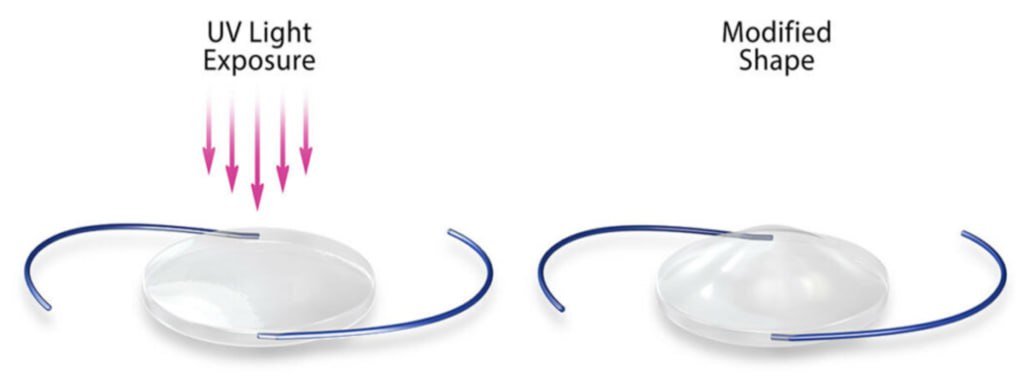
Dr. Manusis will offer you a type of transplant based on the type of corneal disease and the depth of disease involvement.
If you have a corneal scar or diseased tissue on the front part of the cornea, you maybe a candidate for a full-thickness corneal transplant – penetrating keratoplasty.
When a disease affects the back of the cornea, an Endothelial Keratoplasty (DMEK, DSAEK) can be performed to remove and replace just the diseased layer of tissue. Some indications include, but are not limited to, Fuchs corneal dystrophy, Corneal edema, or Bullous Keratopathy.
Corneal transplants typically do not last a lifetime and require regular monitoring. Oftentimes, eye drops are prescribed for lifelong use.
What are the risks of Corneal transplants?
Corneal transplantation always carries a risk of graft rejection – when your body attacks the cornea as a foreign object. This may occur even many years after surgery. Pain, redness and change in vision are the most frequent signs of rejection. Urgent care is recommended. Unfortunately, with each “rejection” episode after a corneal transplant, there is an increased risk that the graft will fail or start to become cloudy and swollen without the ability to maintain clarity.
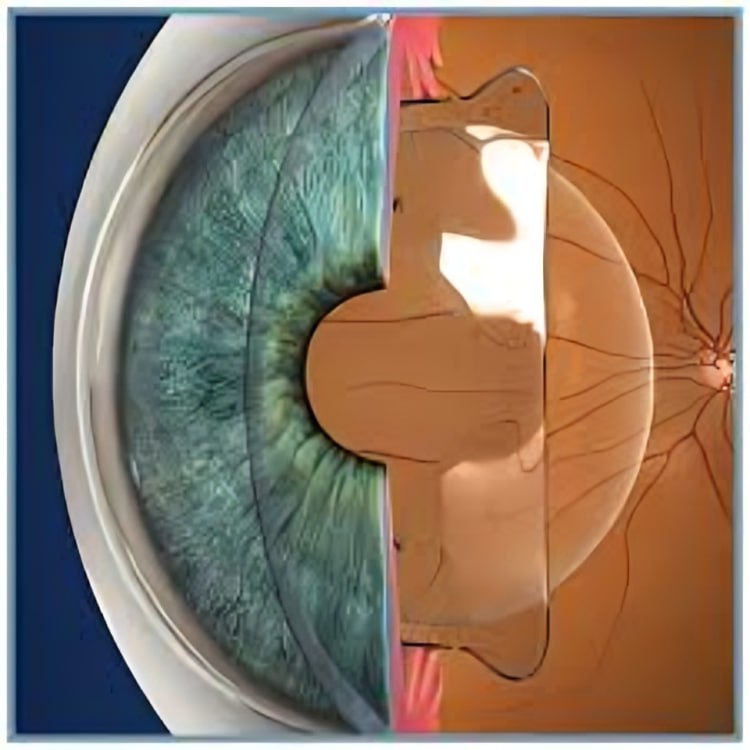
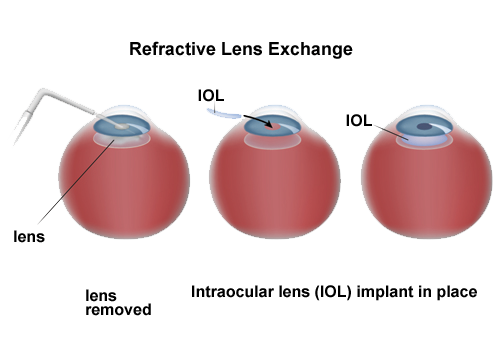
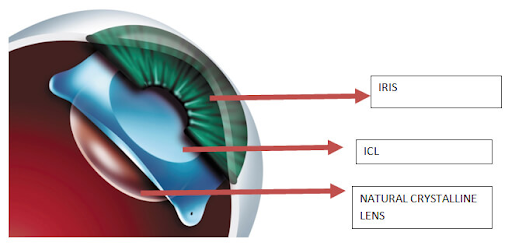
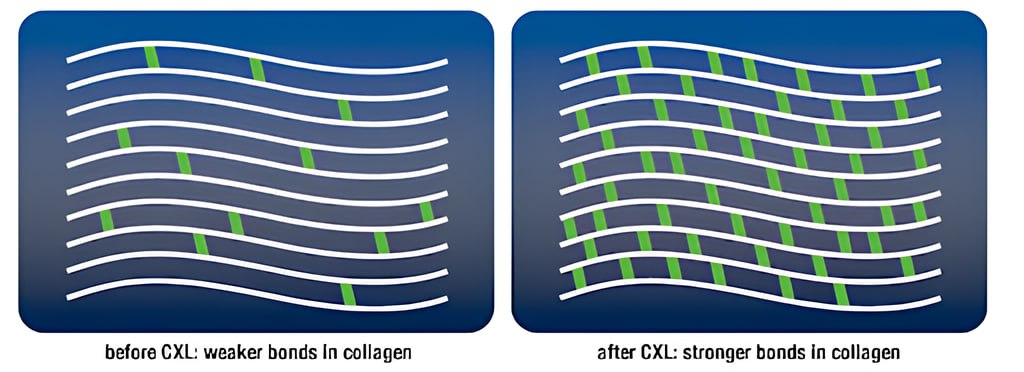
Corneal cross-linking is a surgical procedure aimed at:
What does the procedure involve?
Riboflavin (Vitamin B2) is applied to the eye every 5 minutes for 30 minutes, and then the cornea is illuminated with UV-A light for approx. 10 – 30 minutes. The eye is covered with a bandage contact lens which is removed 5 to 7 days after the procedure. The cornea will be examined and scanned at frequent intervals to monitor for its stability.
Signs you may have dry eye syndrome include:
Allergies
Seasonal or environmental allergies (like pet dander) cause eye dryness and redness.
Medications
Medicines like antidepressants, antihistamines, decongestants and oral contraceptives can reduce your tear production.
Blepharitis
Blepharitis is an inflammatory condition of eyelid margins associated with meibomian gland dysfunction and poor lipid production resulting in premature tear film evaporation and dry eye.
Diabetes
People with diabetes have decreased corneal sensation and therefore do not produce enough tears to provide an adequate tear film.
Autoimmune diseases
Refractive surgery
It is now established that post-LASIK patients will experience dry eyes in the short term. Once corneal nerves repopulate, dry eye symptoms typically improve.
Contact Lenses
Long-term use of contact lenses decreases sensation, especially when worn overnight. Various treatment options are available to ensure comfortable long-term contact lens tolerance.
Eye fatigue
Long-term computer use and reading both have one thing in common — a reduced rate of blinking. After a while, the eyes feel fatigued, and vision blurs due to increasing dryness.
Environment
Airplanes, sitting near air-conditioners, prolonged use of computers, or forced air heating, driving a car, and lack of sleep all can cause dry eye symptoms.
Dry eyes also have dietary components. Increasing water intake and decreasing caffeine and alcohol consumption will most likely improve tear film.
Eyelid disorders
Poor eyelid closure, sleeping with eyes partially open, or having a poor blinking reflex can lead to eye exposure and dryness.
Age
People older than 50 are at a higher risk for dry eye. Tear production and meibum (oil) production decline with age.
Sex
Women are more likely than men to have dry eye due to fluctuating hormones, especially during pregnancy and menopause.
Smoking
Smoking and exposure to second-hand smoke increase your risk of eye irritation and dryness.
Vitamin A and Omega-3 Deficiency
Low levels of vitamin A or Omega-3 fatty acids can contribute to dry eye syndrome.
Autologous Serum Eye Drops
Serum eye drops come from the patient’s own blood serum. They resemble natural tears and contain critical biological factors that can help treat dry eye disease.
Eyelid Thermal Treatment (TearCare®):
TearCare is an eyelid thermal treatment that combines localized heat therapy with manual compression of the eyelids. It treats meibomian gland dysfunction and improves oil production.
Medicated Eye Drops
Your provider may prescribe eye drops that help your eyes increase tear production.
Ointment
Medicated ointment helps to reduce inflammation on the surface of your eyes.
Special contact lenses
Special contact lenses can help treat ocular surface diseases, including dry eye disease.
Tear Duct Blocking
Small silicone plugs are placed in your tear ducts to slow the drainage of your tears. This helps your eyes retain more moisture and helps the tear film better lubricate your eyes.
BlephEx
A special medicated brush cleans eyelids to remove debris and bacterial toxins.
More info can be found at: Dry Eye Statistics

Penetrating keratoplasty replaces the full-thickness cornea with donor tissue to restore vision in cases of scarring, keratoconus, or severe corneal disease.
%20(1).jpg)
DSAEK is a partial corneal transplant that treats various corneal conditions, improving vision and reducing recovery time compared to full-thickness transplants.